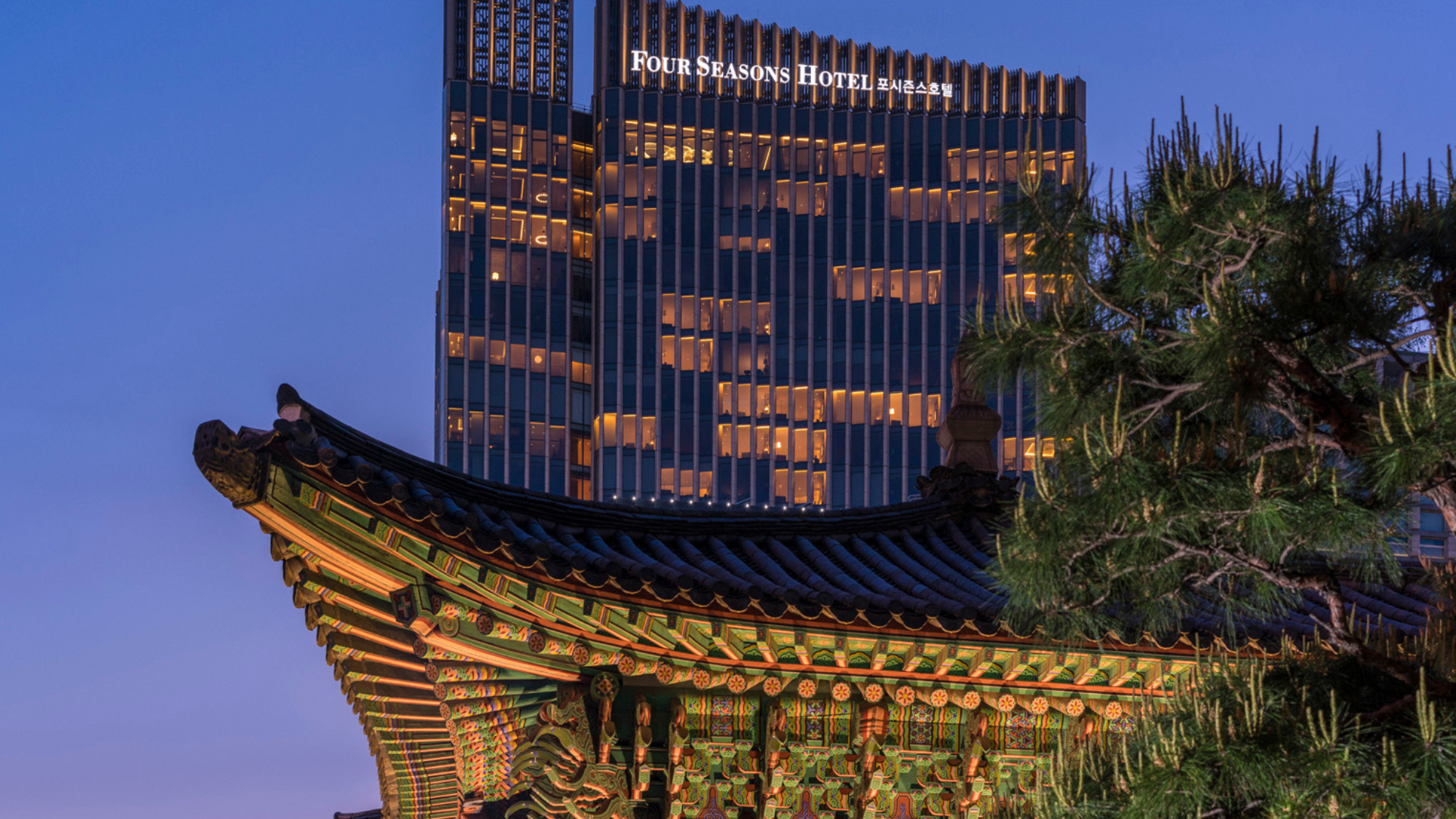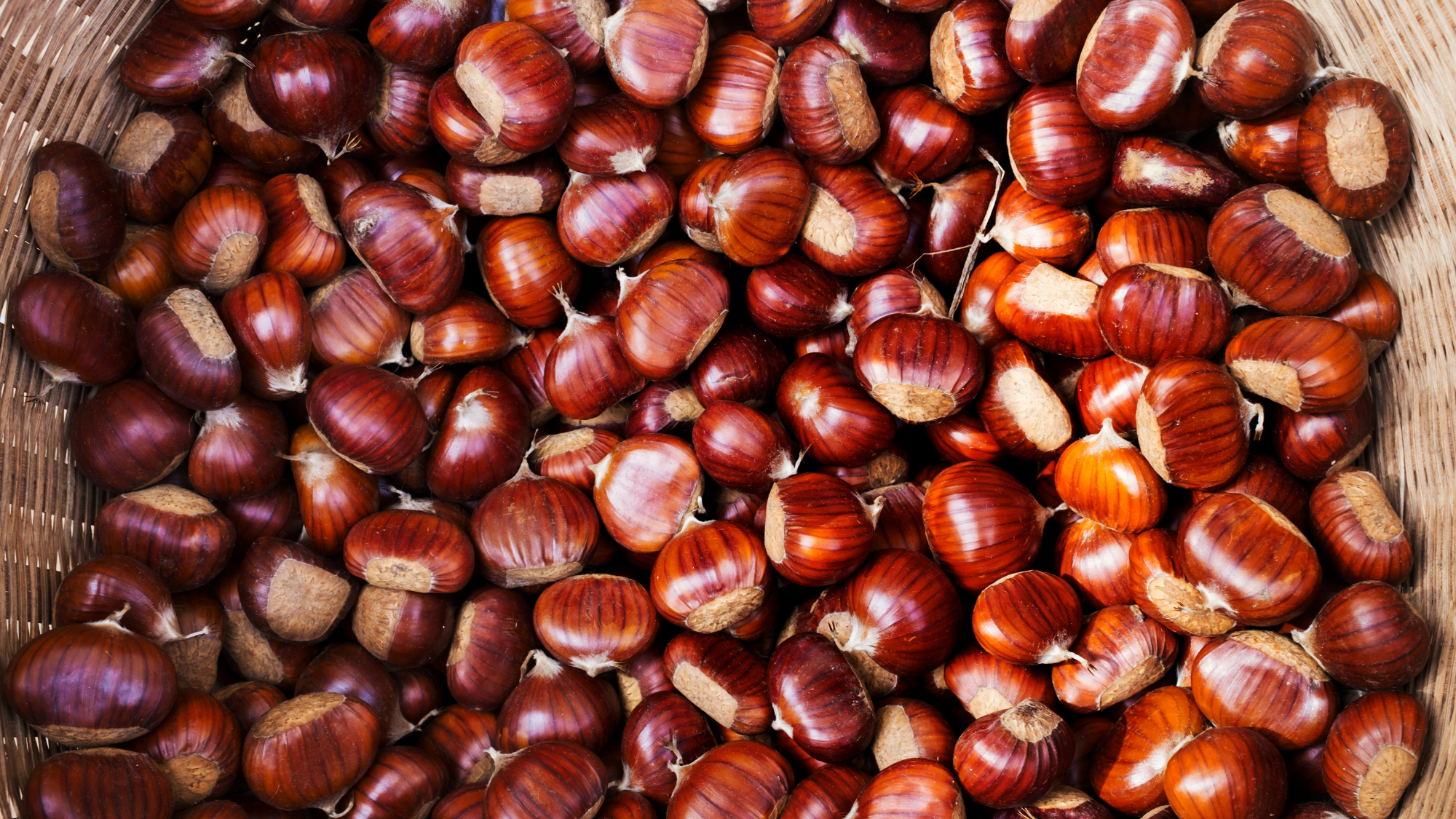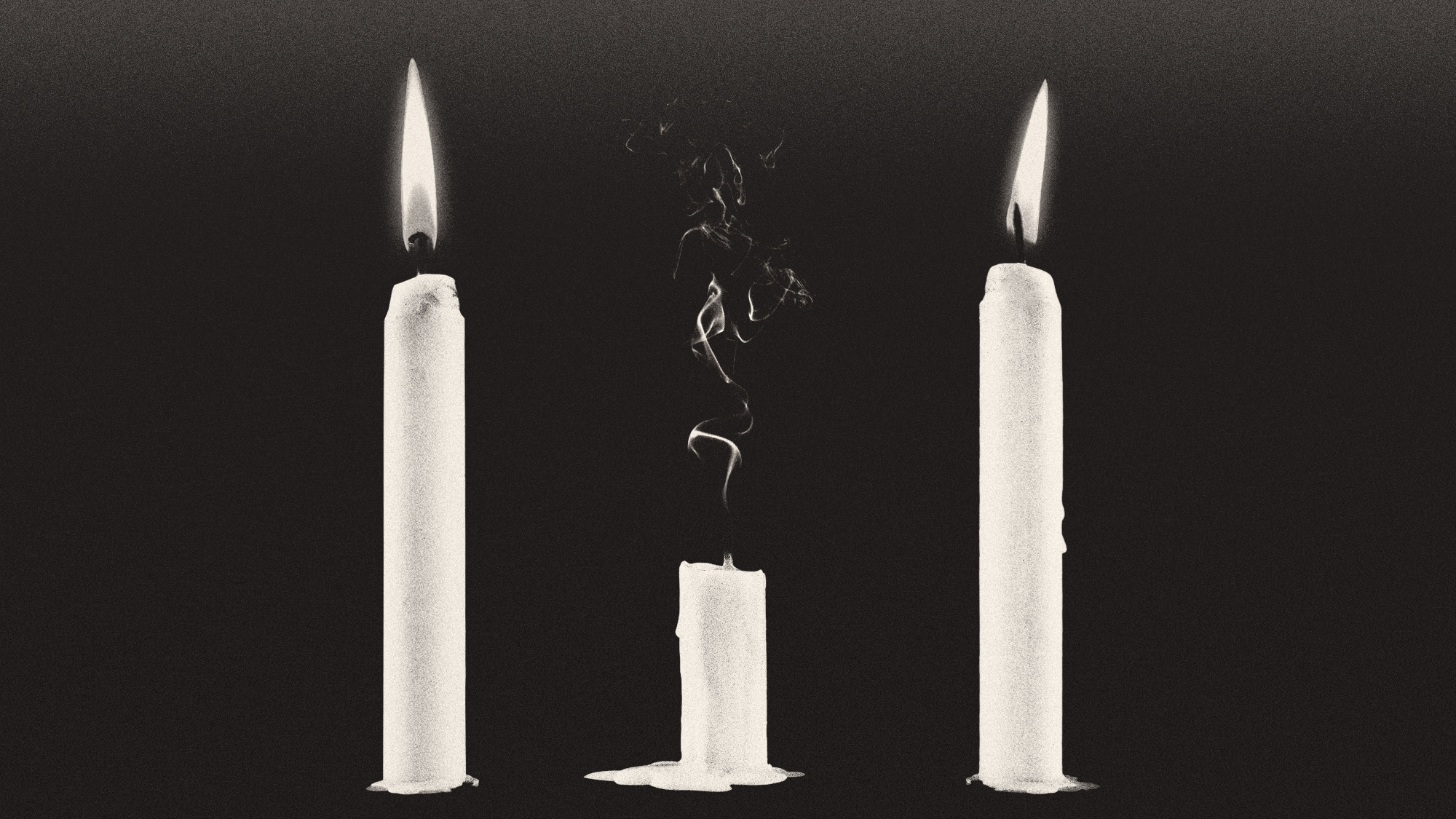Exhibition of the week
Tapestry in the Baroque: Threads of Splendor
Tapestry in the Baroque: Threads of Splendor
Metropolitan Museum of Art
Through Jan. 6, 2008
The Week
Escape your echo chamber. Get the facts behind the news, plus analysis from multiple perspectives.

Sign up for The Week's Free Newsletters
From our morning news briefing to a weekly Good News Newsletter, get the best of The Week delivered directly to your inbox.
From our morning news briefing to a weekly Good News Newsletter, get the best of The Week delivered directly to your inbox.
Tapestries are some of the least seen, and least understood, examples of European art, said Holland Cotter in The New York Times. “Tapestry? Doesn’t that come under home furnishings? Isn’t it, basically, rugs on a wall?” Actually, far from being artistic afterthoughts, tapestries were for centuries among the most expensive and prized possessions of European nobility. Playing the role both of propaganda and status symbol, these visions of battles, triumphs, and processions were the Hollywood blockbusters of their era, “Cinemascopic” in scale and designed to awe viewers with their splendor. They still do. The current display of masterpieces at the Metropolitan Museum of Art, assembled from museums all around Europe and the U.S., “is stupefying, a king-size display of a space-eating art.”
Though huge, these works explode with intricate detail, said Lance Esplund in The New York Sun. We’re overwhelmed by “an overabundance of life-size tumbling noblemen, horses, warriors, saints, and putti.” In backgrounds, plants weave themselves into intricate gardens and panoramas, while oceans in naval scenes teem with exotic sea life. Weavers of the era were remarkably capable of re-creating realistic textures and materials as well as three-dimensional architectural space. “Not every tapestry in the show is an absolute masterpiece from edge to edge, but in every work there is something astounding and absolutely hypnotic and unbelievable.” Many of the designs for these tapestries were sketched by master painters, such as Peter Paul Rubens and Raphael, and carried out by teams of weavers. The closer you look, the more “you realize that the artisans who translated the sketches were geniuses equal to their designers.”
The physical process of creating a tapestry was excruciatingly intricate, said Mario Naves in The New York Observer. With each guild member completing a square yard every month, “it would take four weavers anywhere from six months to a year and a half to complete a 12-by-24-foot tapestry.” Such meticulous care ensures that each square yard in this exhibition offers splendid discoveries. Some of the best come in smaller works depicting mythological or pastoral scenes. The delightful Maidservant With a Basket of Fruit (c. 1635), designed by the Flemish Jacob Jordaens, is “framed by a ridiculously ornate bit of architecture,” and behind the life-size title subject you can just make out two lovers “bathed in an eerie brownish light.” Perhaps the finest work in the show, it proves tapestry didn’t need to be ornate to be magnificent.
A free daily email with the biggest news stories of the day – and the best features from TheWeek.com
-
 Four Seasons Seoul: a fascinating blend of old and new in South Korea
Four Seasons Seoul: a fascinating blend of old and new in South KoreaThe Week Recommends Located right in the heart of the action, this classy hotel is the perfect base to explore the capital
-
 How to make the most of chestnuts
How to make the most of chestnutsThe Week Recommends These versatile nuts have way more to offer than Nat King Cole ever let on
-
 Deaths for children under 5 have gone up for the first time this century
Deaths for children under 5 have gone up for the first time this centuryUnder the radar Poor funding is the culprit
-
If/Then
feature Tony-winning Idina Menzel “looks and sounds sensational” in a role tailored to her talents.
-
Rocky
feature It’s a wonder that this Rocky ever reaches the top of the steps.
-
Love and Information
feature Leave it to Caryl Churchill to create a play that “so ingeniously mirrors our age of the splintered attention span.”
-
The Bridges of Madison County
feature Jason Robert Brown’s “richly melodic” score is “one of Broadway’s best in the last decade.”
-
Outside Mullingar
feature John Patrick Shanley’s “charmer of a play” isn’t for cynics.
-
The Night Alive
feature Conor McPherson “has a singular gift for making the ordinary glow with an extra dimension.”
-
No Man’s Land
feature The futility of all conversation has been, paradoxically, the subject of “some of the best dialogue ever written.”
-
The Commons of Pensacola
feature Stage and screen actress Amanda Peet's playwriting debut is a “witty and affecting” domestic drama.